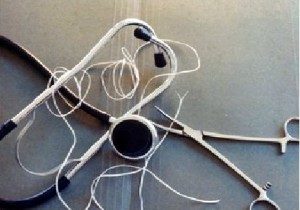Medical Cables and Sterilization
Posted on

Medical cables are manufactured using a variety of materials. Reusable medical cables often times are subjected to sterilization processes and are built to endure extended cycles of sterilization. Understanding how a wire or cable will be sterilized is crucial to determine what materials to specify when designing a medical device. Insulation and jacket materials vary when it comes to resistance to chemicals, heat and other sterilization techniques.
Common types of medical cable sterilization include:
- Heat/steam – Autoclave
- Chemical
- Irradiation – E-Beam & Gamma Ray
Autoclave (heat/steam) resistant materials for reusable medical cables include FEP®, TPE, silicone or with TPR or silicone rubber jackets. Radiation resistant medical cables can be made with silicone and Teflon® (if water is not present). TPE and PVC can be made for Gamma sterilization with limited sterilization cycles. PVC is not commonly used with chemical sterilization, alcohol based liquids can break down the plasticizers (an additive for PVC) and can make the PVC brittle and damage the insulation or jacket. PVC is more commonly used with disposable applications.
It is always best to discuss with your custom cable manufacturer what types of sterilization and how many sterilization cycles the cable will be subjected to. Cable manufacturers experienced with medical cables and their applications can help narrow down your choices based on sterilization techniques, bio-compatibility and other requirements.
To find out more about medical cables and sterilization compatibility contact Calmont today. If you liked this article please share it or leave us a comment.
